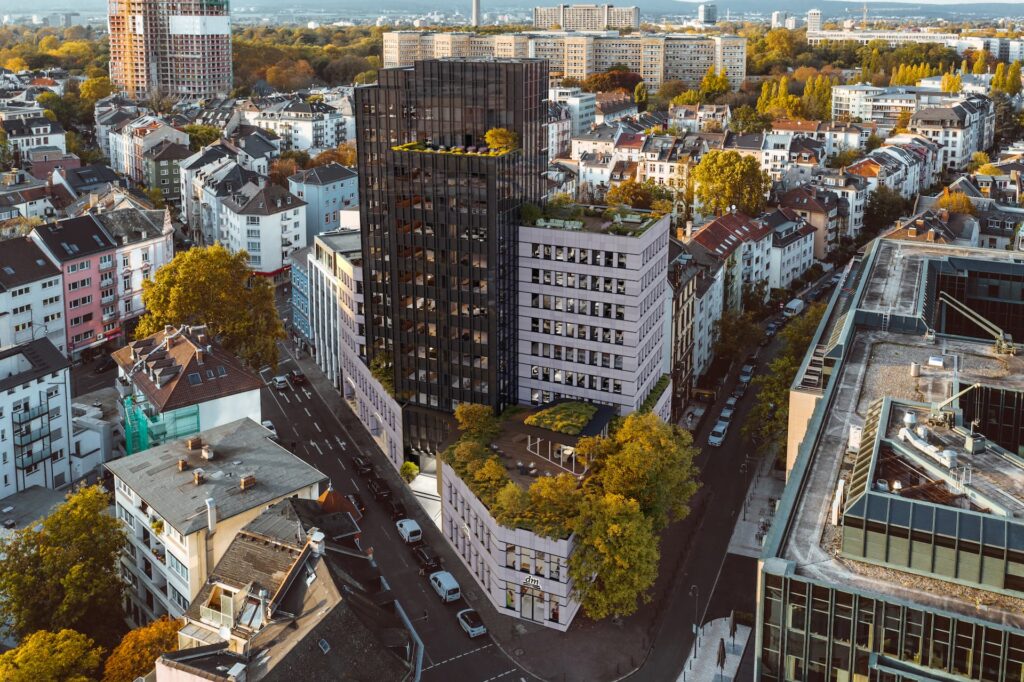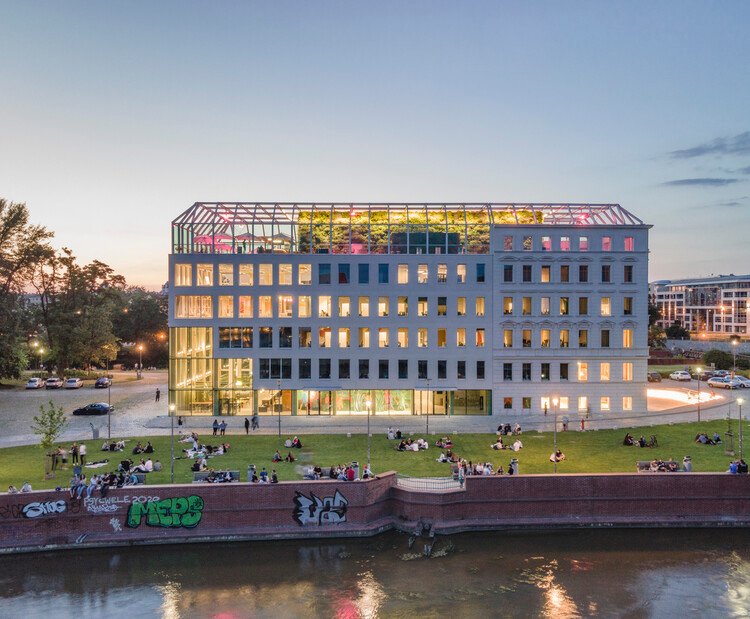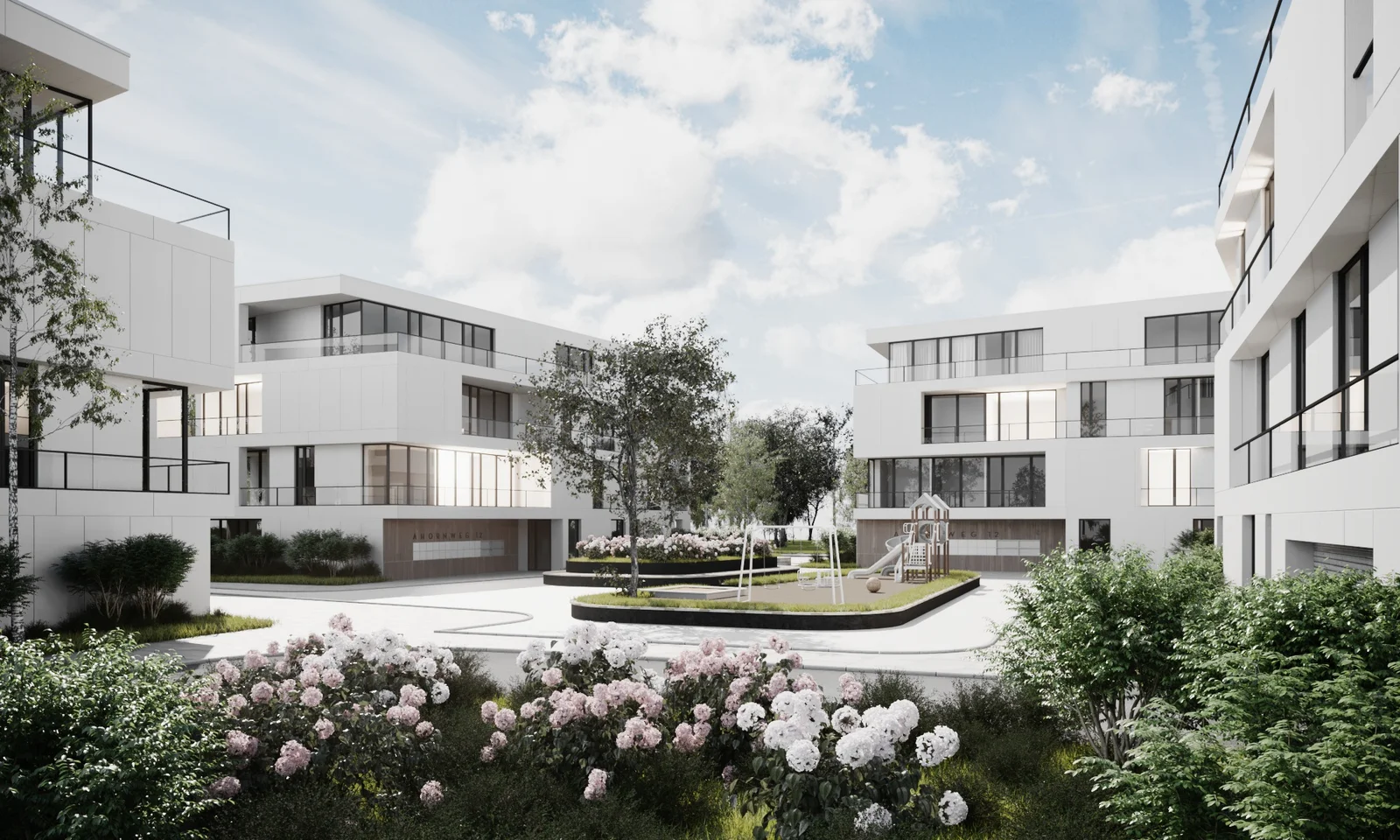3D Visualizations for Futuristic Skyscrapers
As the world modernizes, technology advances and our cities expand upwards, the architectural designs of skyscrapers have adopted a futuristic appeal. The use of 3D visualizations has revolutionized the way we conceive, design, and eventually construct these towering structures. This blog post dives into the fascinating world of 3D visualizations for futuristic skyscrapers, illustrating how this technology is shaping our cityscapes of tomorrow.
The Evolution and Impact of 3D Visualization in Architecture
Over the past few decades, 3D visualization has gone from a novel concept to an integral part of architectural design. This technology allows architects to create detailed, realistic models of their designs, providing a clearer understanding of the final output before construction begins.
From 2D Sketches to 3D Models
Traditional architectural design often relied on 2D sketches and blueprints. While these methods served their purpose, they lacked the ability to provide a comprehensive understanding of how the structure would fit into the surrounding environment. With 3D visualization, architects can now create detailed, lifelike representations of their designs, taking into account various elements like light, texture, and surrounding landscapes.
Enhancing Communication and Collaboration
One of the most significant benefits of 3D visualization is the enhanced communication and collaboration it facilitates. By providing a realistic representation of the design, all stakeholders, including architects, engineers, investors, and clients, can visualize the final product. This clarity can help in making informed decisions, reducing misunderstandings, and ultimately saving time, cost, and resources.
Unveiling the Future with 3D Visualizations for Futuristic Skyscrapers
As the world of architecture unfolds into the future, 3D visualizations for futuristic skyscrapers have become a pivotal tool in the design and construction process. These ultra-modern techniques are not merely fanciful renderings; they are powerful tools that architects, designers, and developers employ to conceptualize, design, and finally construct architectural marvels of the future.
The Role of 3D Visualizations in Designing Futuristic Skyscrapers
3D visualizations have revolutionized how architects and designers conceive and realize their ideas. With futuristic skyscrapers, these visualizations become particularly crucial. The height, the unique design elements, the innovative use of space, and ensuring structural integrity – all these aspects need to be visualized and tested before the actual construction begins.
3D visualizations allow architects to create a detailed digital model of the skyscraper, which can be viewed and analyzed from every angle. This helps in identifying potential design flaws, understanding how the building will interact with its environment, and making necessary modifications in the design before the construction even starts.
Moreover, these visualizations also help in communicating the design to clients, stakeholders, and the construction team, ensuring everyone is on the same page.
The Impact of 3D Visualizations on the Construction of Futuristic Skyscrapers
Once the design phase is complete, 3D visualizations for futuristic skyscrapers continue to play a crucial role during the construction stage. These models can be used to create a comprehensive construction plan, detailing the sequence of construction activities, thus helping in efficient project management.
The Power of Virtual Reality in Constructing Futuristic Skyscrapers
As 3D visualization technology evolves, it is merging with virtual reality (VR) to offer even more immersive experiences. VR allows architects, engineers, and construction professionals to virtually walk through the design, understand the spatial relationships, and gain a true-to-life understanding of the scale and scope of the project.
This powerful combination of 3D visualization and VR is not just enhancing the understanding and communication of the design; it is also helping in making informed decisions about the materials, technologies, and methods to be used in the construction, thus impacting the overall cost, efficiency, and sustainability of the project.
In conclusion, 3D visualizations for futuristic skyscrapers are an indispensable tool in the world of modern architecture and construction. They are bringing the future to us, allowing us to design and build architectural marvels that are not just visually stunning, but also structurally sound and environmentally sustainable.In conclusion, the use of 3D visualizations for futuristic skyscrapers is revolutionizing the way architects, engineers, and builders conceptualize and execute their projects. It’s an impressive technology that provides a realistic, comprehensive, and immersive view of the architectural design before it comes to life. This technology has made it possible to foresee potential design issues, make necessary adjustments, save time, and reduce costs. The future of architecture and construction is undoubtedly pivoting towards a more digitized era, with 3D visualizations leading the way. The age of futuristic skyscrapers is upon us and 3D visualizations are undoubtedly the key to unlocking this new era of architectural marvels.







